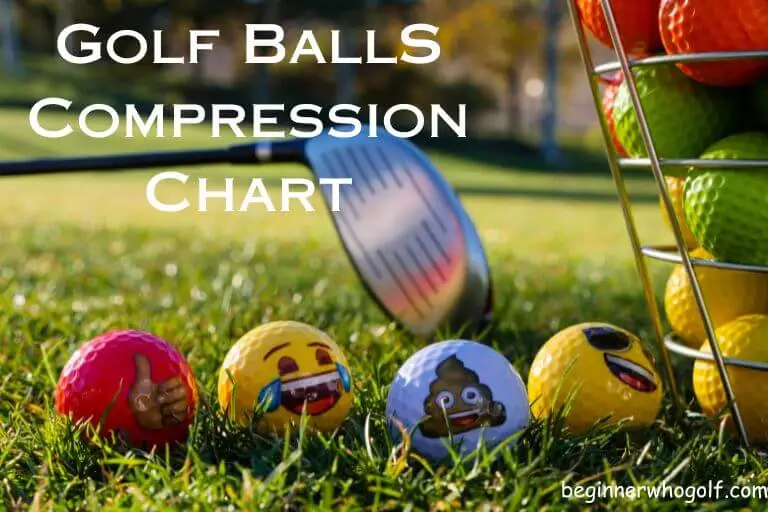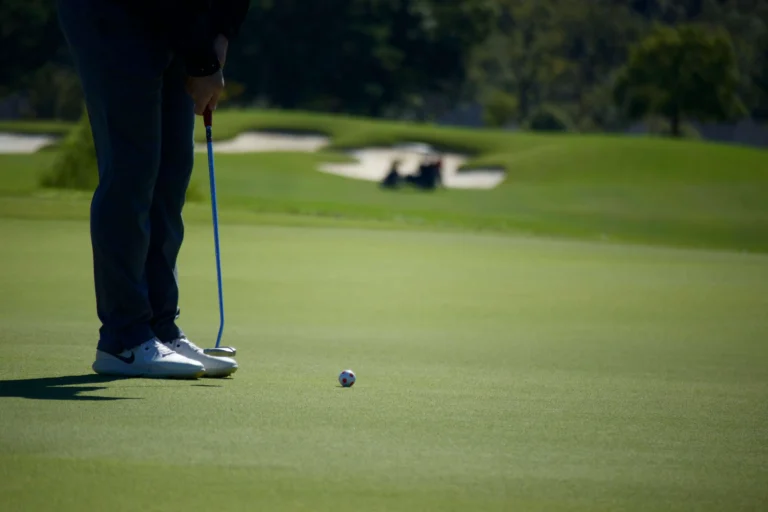Unleashing The Facts: Do Golf Balls Go Bad Or Defy Time?
Have you ever questioned the lifespan of your golf balls? Do they lose their magic touch over time or possess an extraordinary ability to defy the march of time? Join us as we unravel the truth behind this enigma, exploring the mysterious fate and longevity of golf balls. Prepare to challenge your assumptions and satisfy your curiosity as we delve into the realm of these spherical wonders.🏌️♂️⚡️
Introduction

When it comes to the longevity of golf balls, several factors come into play. The build of a golf ball, the materials used, and external elements all contribute to its lifespan. Let’s dive into the details and understand the nuances of golf ball durability. 🧐🏆
Understanding the Lifespan of Golf Balls
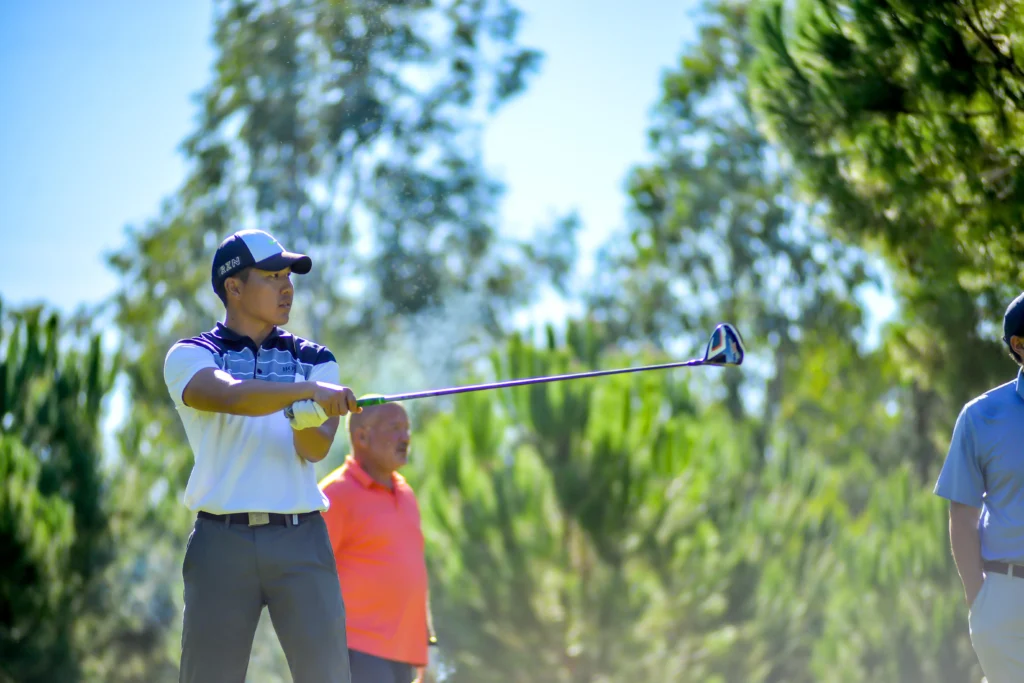
Build a Golf Ball
A golf ball consists of several layers designed to optimize its performance. The core, the mantle, and the cover all play integral roles in the ball’s flight and feel. These layers are made using a combination of materials like rubber, plastic, and urethane. The quality of these materials and the manufacturing process affect the durability of the golf ball. 🏸🔧
Factors Affecting Lifespan
Apart from the construction, various external factors impact the lifespan of golf balls. Exposure to UV rays, extreme temperatures, moisture, and frequency of use all contribute to the aging process. One of the primary concerns is the impact of water on golf balls. 💦☀️
Do Golf Balls Go Bad? 🤔

Impact of Aging on Golf Balls
Over time, golf balls can experience wear and tear, affecting their performance. The repeated strikes, scrapes, and impacts cause the cover to degrade. As the cover wears, the aerodynamics and spin characteristics may change, altering the ball’s flight and distance. However, the extent of this degradation depends on factors like the quality of the ball and how it is stored. ⏳🚫
Effects of Exposure to Water
Golf balls that spend time submerged in water can also suffer consequences. Water can seep into the ball through microcracks in the cover, affecting the ball’s internal components. This water absorption can lead to increased weight and altered performance. Therefore, it is essential to examine water-exposed golf balls before using them. 🌊❌
How to Tell if a Golf Ball has Gone Bad 🎯

The “Dime Test”
A simple method to check a golf ball’s condition is the “dime test.” Place a dime on a flat surface and drop the golf ball from a height of one foot onto the dime. If the ball bounces above the dime’s height, it is in good condition. However, if it fails to rebound above the dime or bounces erratically, it may indicate that the ball has gone bad. 🪙🔍
Checking for Wear and Damage
Inspecting the golf ball for signs of wear and damage is also crucial. Look for scuffs, cuts, or cracks on the cover. These imperfections can affect the ball’s flight characteristics. Additionally, pay attention to any significant discoloration or loss of gloss, as these may indicate deterioration. 👀🔍
Proper Storage for Golf Balls 📦

Importance of Storage
Proper storage is key to extending the lifespan of golf balls. Exposing them to extreme temperatures, humidity, or direct sunlight can accelerate deterioration. It is vital to store them in a controlled environment to maintain their performance and longevity. ☀️🌡️
Tips for Golf Ball Storage
To ensure optimal storage conditions, follow these tips:
- Store golf balls in a cool, dry place away from direct sunlight.
- Avoid extreme temperatures, as they can affect the ball’s performance.
- Use airtight containers or ziplock bags to protect the balls from moisture and humidity.
- Keep them away from sharp objects or chemicals that could damage the cover.
- Rotate your golf balls regularly to prevent uneven wear. 🌬️🏞️
Repurposing and Donating Old Golf Balls 🔄

Environmentally Friendly Options
Instead of discarding old golf balls, consider repurposing or donating them. Recycling facilities can transform worn-out balls into other rubber-based products. Additionally, numerous organizations accept donated golf balls for charitable purposes or driving ranges. 🌱🤝
Creative Uses for Old Golf Balls
Get creative with your old golf balls! They can serve as decorative pieces for your garden, fish tank weights, or even unique DIY projects. Let your imagination run wild and find fun and creative ways to give your old golf balls a new lease on life. 🎨✨
Understanding “Recycled” and “Used” Golf Balls ♻️

Pros and Cons
Recycled or used golf balls can offer an economical alternative to brand-new ones. They often come at a lower cost, allowing golfers to enjoy their game without breaking the bank. However, there are some considerations to keep in mind when opting for recycled or used balls. 💲🔄
Quality and Performance Considerations
Recycled golf balls can vary in quality and performance. While some may be in excellent condition, others may have significant wear or damage. It’s essential to purchase from reputable sellers who grade the balls based on their condition. This ensures you receive the level of quality and performance you expect. ⚖️🏌️♀️
“Refinished” and “Refurbished” Golf Balls ⚒️

Potential Issues
Refinished or refurbished golf balls are those that have undergone a process to restore their appearance and performance. However, there are potential issues associated with these balls. The refinishing process can alter the ball’s characteristics, including its spin and feel. ⚠️🔄
Quality Concerns
When purchasing refinished or refurbished golf balls, it’s important to understand the potential impact on performance. While some players may find them suitable for practice rounds, others may prefer the consistency and reliability of new or used balls. 🔍⛳️
Do Golf Balls Have a Shelf Life? 🗓️\
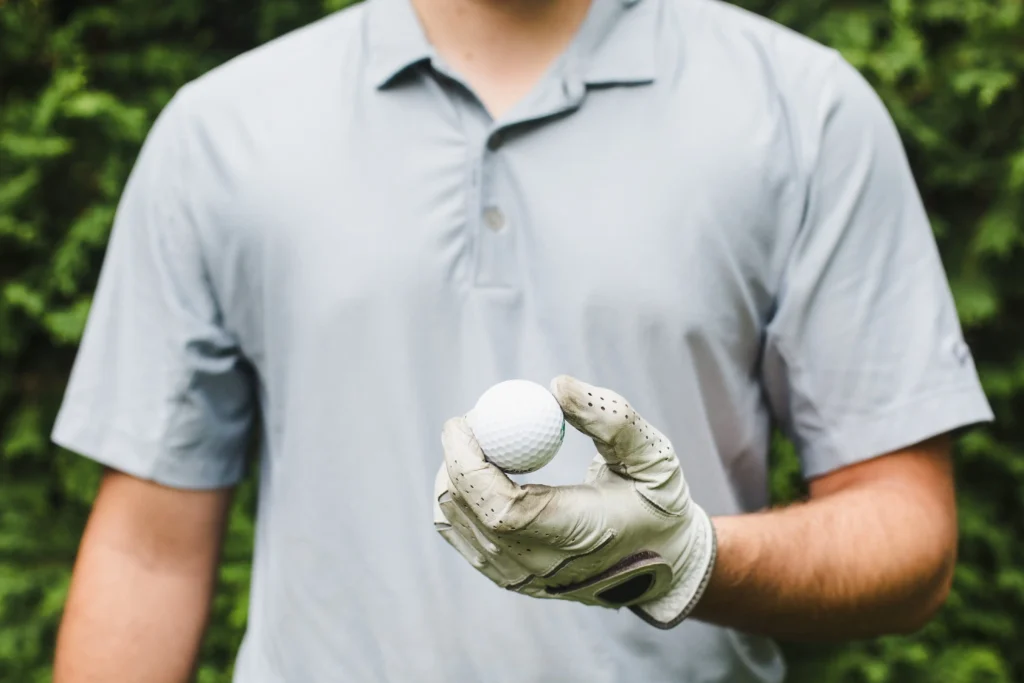
Unused Golf Balls and Expiration
Unused golf balls typically do not have an expiration date. However, it’s important to consider factors like the storage conditions and the ball’s age. Over time, the performance of unused balls can degrade, especially if they are exposed to extreme temperatures or moisture. 📅📦
Shelf Life Considerations
To ensure optimal performance, it’s recommended to use new golf balls within a reasonable timeframe. Manufacturers often provide guidelines on the recommended shelf life of their products. It’s best to follow these recommendations to enjoy the desired performance from your golf balls. ⏳🔋
Other Factors to Consider ⚠️
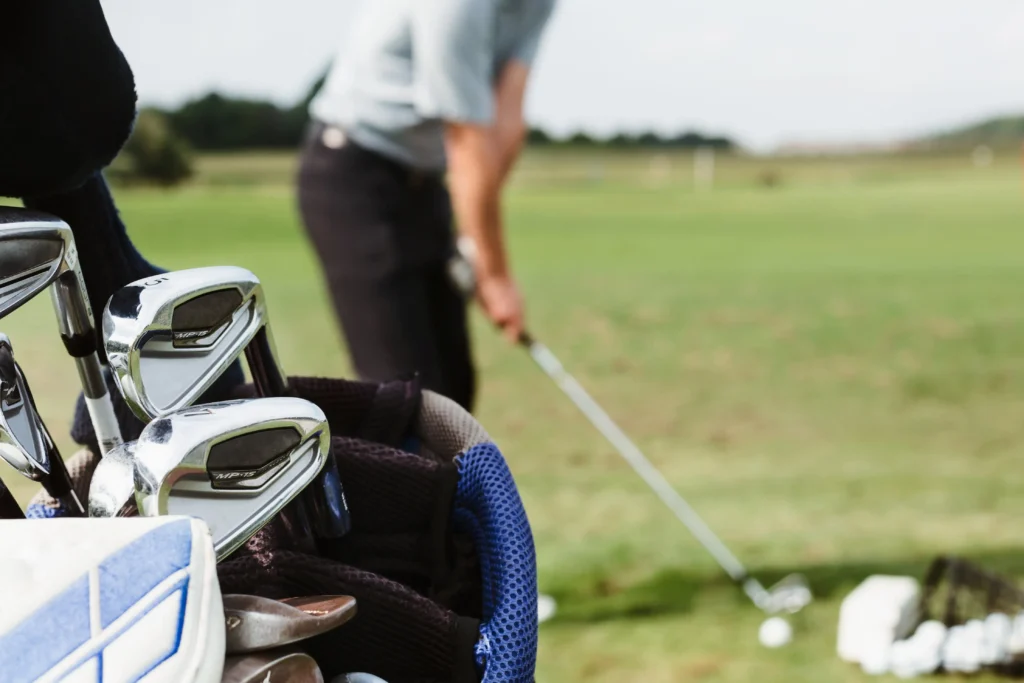
Apart from aging and storage, there are other factors that can impact golf ball performance. Temperature and humidity can affect the ball’s compression and responsiveness. It’s important to be aware of these factors and make adjustments accordingly. Additionally, always check the manufacturer’s recommendations for specific golf ball models. 🌡️💨
My Final thoughts
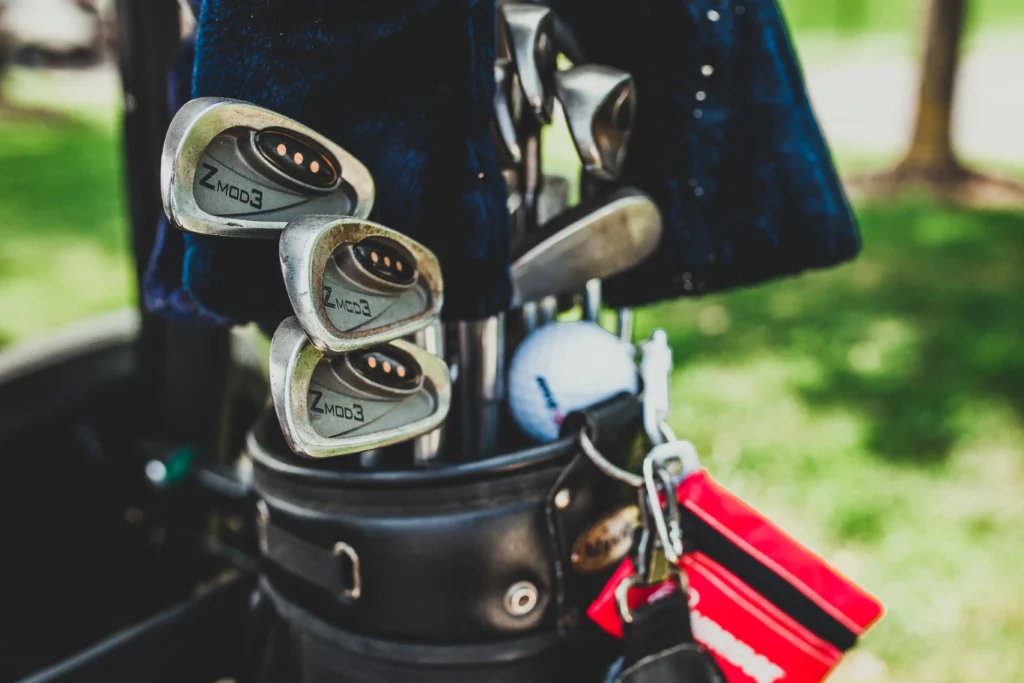
In conclusion, golf balls do have a lifespan, and various factors can affect their durability and performance. Understanding the build of a golf ball, the effects of aging and water exposure, and the importance of proper storage are essential for any golfer. Whether opting for recycled or used balls or considering refinished options, it’s important to assess the quality and performance to meet individual preferences. By following proper storage practices and being mindful of other factors, golfers can ensure their golf balls deliver the performance they desire. ⛳️🔒


